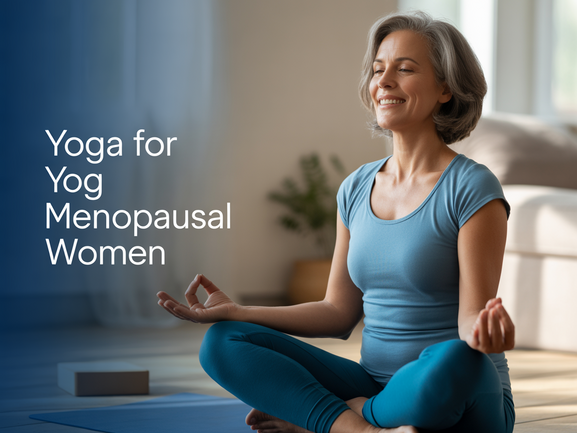Welcome to Your Empowering Yoga Journey During Menopause
Navigating menopause can feel overwhelming, but yoga for menopause offers a natural, gentle path to wellness. Whether you’re experiencing hot flashes, mood swings, or sleep disruptions, understanding key yoga terminology will empower your practice and help you find relief.
This comprehensive yoga dictionary for beginners focuses specifically on poses and practices that support women through menopause. Let’s explore together how ancient wisdom meets modern wellness needs.
Essential Yoga Terms A-Z for Menopausal Women
A-C: Foundation Poses for Comfort
Asana – Physical yoga poses that help regulate hormones and reduce menopause symptoms. Start with gentle asanas to build confidence.
Balasana (Child’s Pose) – A restorative pose perfect for managing anxiety and hot flashes. Kneel on the floor, sit back on your heels, and fold forward with arms extended.
Cobra Pose (Bhujangasana) – Strengthens the back and opens the chest, helping counteract hormonal mood changes while building core strength.
D-H: Breathing and Balance
Drishti – Focused gaze technique that improves concentration and helps manage menopause-related brain fog.
Hatha Yoga – Gentle, slower-paced yoga perfect for beginners. Ideal for menopausal women seeking stress relief without intense physical demands.
Moreover, expert guidance from Vitalizen ensures you practice these poses safely and effectively.
I-P: Stress Relief and Restoration
Inversions – Gentle poses like Legs-Up-The-Wall that help regulate hormones and improve circulation, reducing hot flash intensity.
Pranayama – Breathing techniques that activate the parasympathetic nervous system, crucial for managing menopause stress and sleep issues.
R-Y: Deep Healing Practices
Restorative Yoga – Passive poses using props that deeply relax the nervous system. Essential for hormone balance and emotional stability during menopause.
Savasana – Corpse pose for complete relaxation. Lie flat on your back, allowing stress hormones to decrease and promoting better sleep quality.
Yin Yang – Balance of passive (Yin) and active (Yang) poses that mirrors hormonal balance, helping stabilize mood swings and energy levels.
Pranayama: Breathing Techniques for Hormone Balance
Breathwork is particularly powerful for menopause yoga poses because it directly affects your nervous system. Here are essential techniques:
- Ujjayi Breathing: Ocean-sounding breath that cools the body during hot flashes
- Alternate Nostril Breathing: Balances the nervous system and reduces anxiety
- Cooling Breath (Sheetali): Specifically designed to reduce body heat and manage hot flashes
Furthermore, incorporating these breathing techniques into your daily routine can significantly improve your wellness journey.
Meditation Terms for Emotional Wellness
Meditation for menopause addresses the emotional challenges many women face. Key terms include:
Mindfulness – Present-moment awareness that helps you observe menopause symptoms without judgment, reducing emotional reactivity.
Loving-Kindness Meditation – Practice of self-compassion essential during menopause transitions, helping combat negative self-talk and mood swings.
Additionally, regular meditation practice can transform how you experience menopause, creating space between you and challenging symptoms.
Frequently Asked Questions About Menopause Yoga
What yoga poses help with hot flashes?
Cooling poses like Forward Fold, Legs-Up-The-Wall, and Supported Child’s Pose help regulate body temperature. Restorative poses activate your parasympathetic nervous system, reducing hot flash frequency and intensity.
Is yoga safe during menopause?
Yes, yoga is generally safe and beneficial during menopause. However, avoid hot yoga during intense hot flash periods and modify poses as needed. Gentle, restorative practices are particularly recommended.
How does meditation help with mood swings?
Meditation regulates stress hormones like cortisol and activates the relaxation response. Regular practice helps

